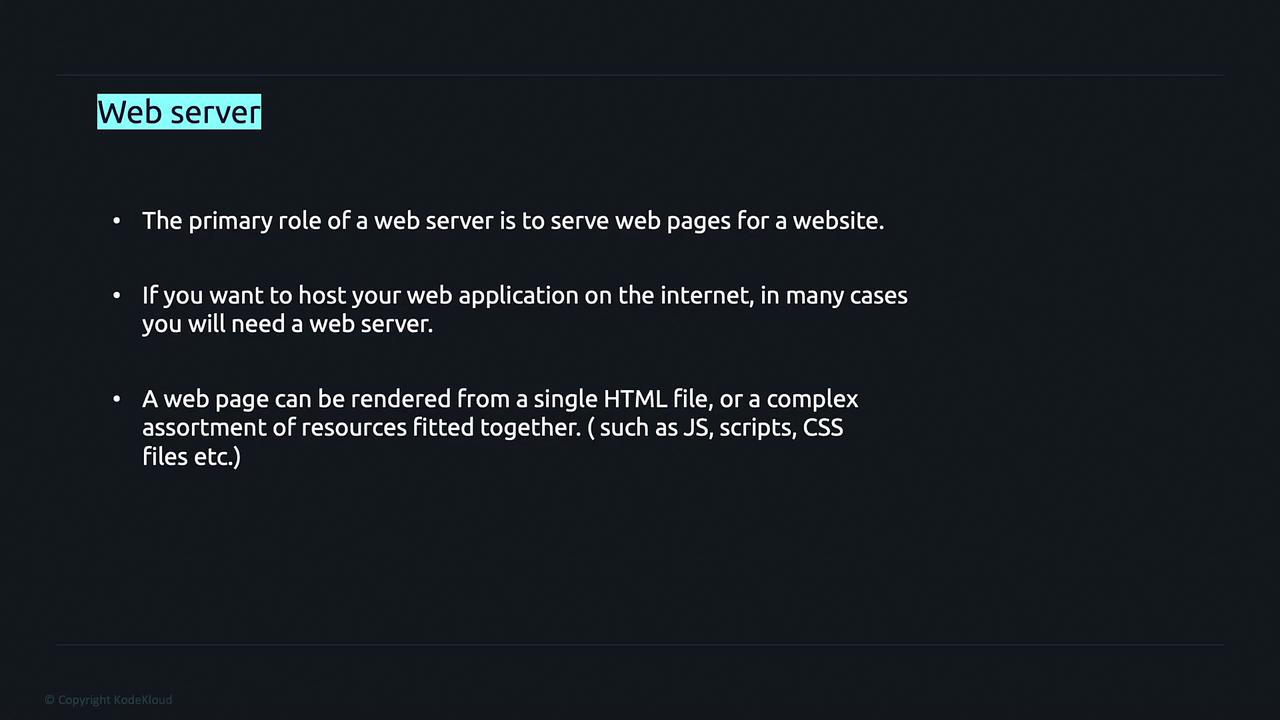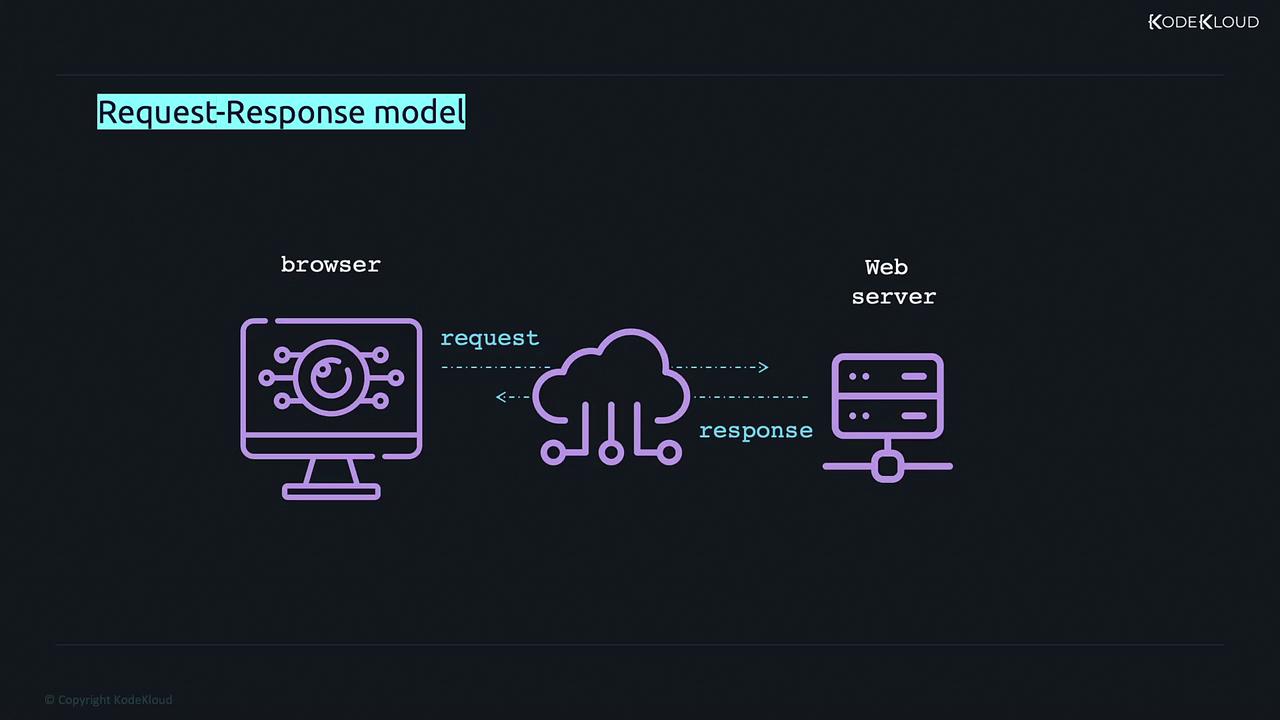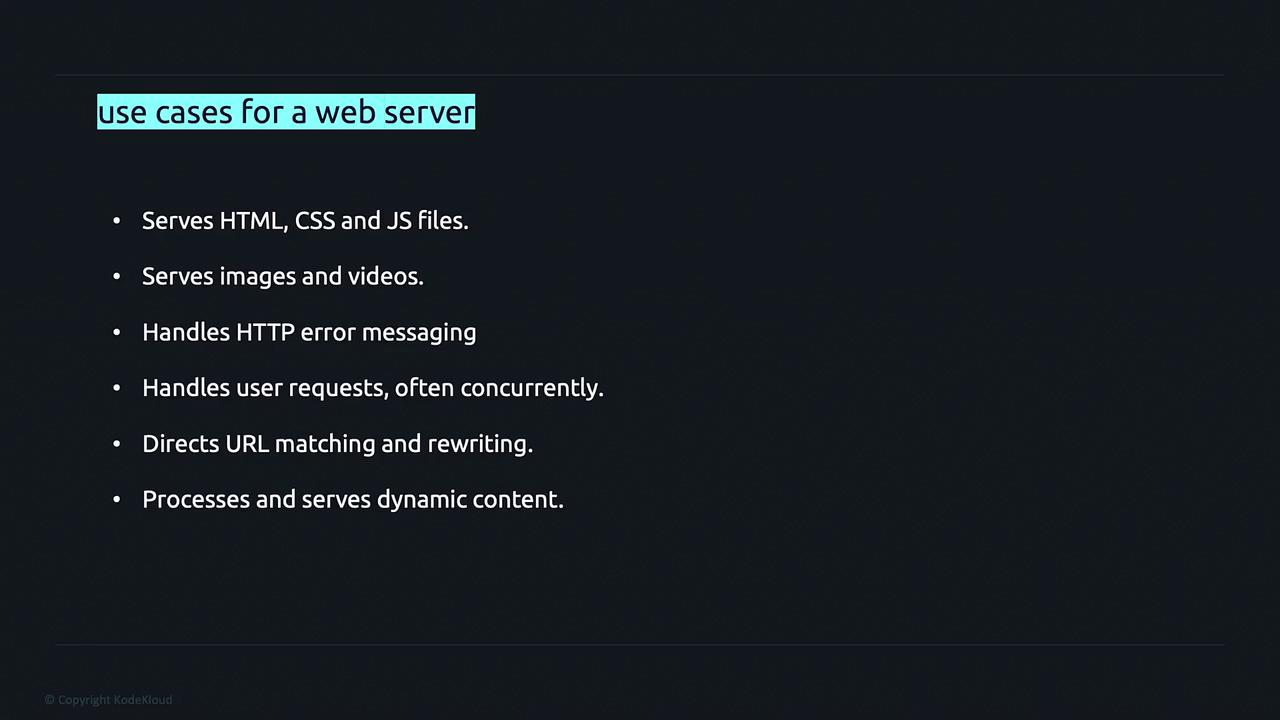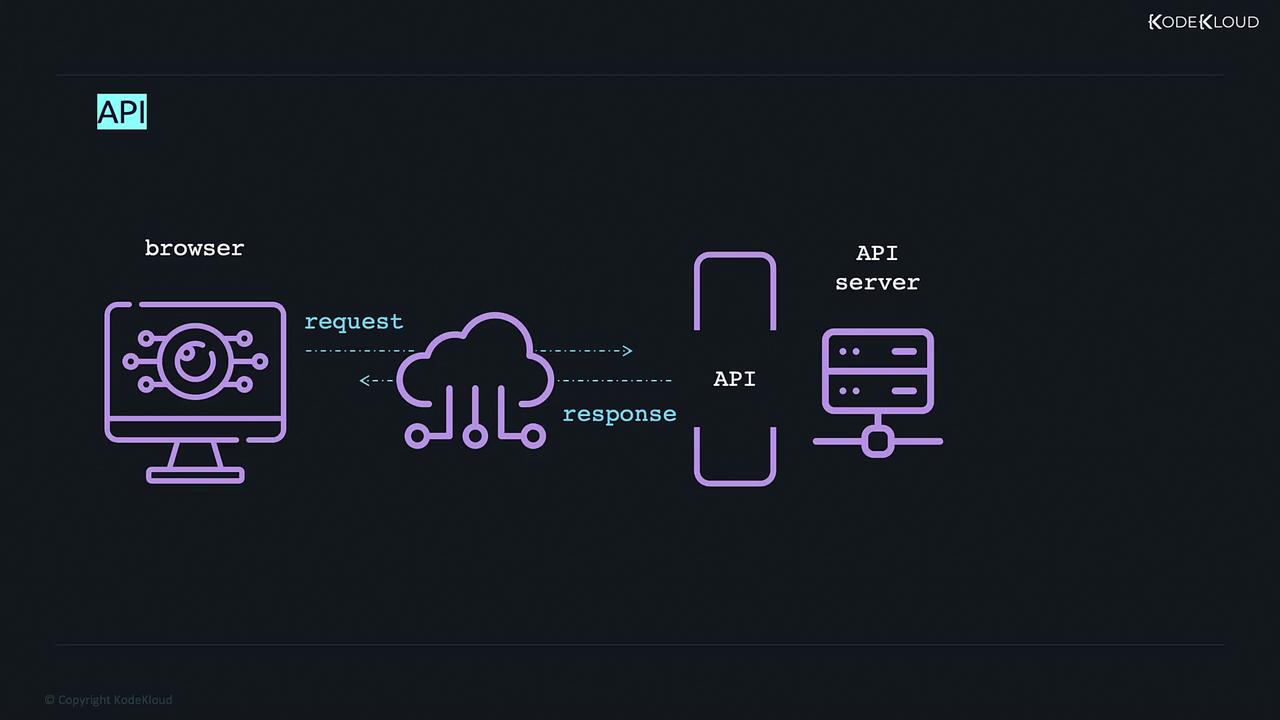Advanced Golang
API Development Project
Web Server and API
Before diving into building our own API server, it's important to grasp the fundamental roles of a web browser and APIs. This knowledge sets the stage for understanding how these components interact in modern web applications.
What is a Web Server?
A web server is responsible for hosting and delivering web pages to users. It serves a variety of content—ranging from simple HTML files to complex pages that include JavaScript and CSS. Essentially, the web server is the backbone that allows your web application to be accessible over the internet.

The Request-Response Model
The request-response model is a fundamental concept in network communications. In this model, a client (typically a web browser) sends a request for specific data, and the server processes this request and responds with the appropriate content. For example, when you enter "wikipedia.com" into your browser, the URL triggers a request that passes through various layers of the network. The web server then handles the request and responds by delivering the homepage.

Use Cases of a Web (HTTP) Server
Web servers support a broad range of functionalities. Below are some common use cases:
- Serving static assets such as HTML, CSS, and JavaScript files.
- Delivering multimedia content including images and videos.
- Handling HTTP error messages using status codes.
- Managing concurrent user requests.
- Facilitating URL matching and rewriting for better SEO and user experience.
- Generating dynamic content via server-side processing.

Understanding APIs
APIs, or Application Programming Interfaces, are sets of protocols and definitions that enable different software applications to communicate with each other seamlessly. With an API, your application can integrate with external services without needing to know the intricacies of their internal implementations.
For example, if your project requires navigation features, you might integrate with the Google Maps API. This abstraction not only accelerates development but also ensures that you can leverage complex features without extra overhead. In the request-response model discussed earlier, an API acts as a bridge between the client and various backend systems like databases or other services, facilitating smooth data transactions.

Key Takeaway
Understanding the roles of web servers and APIs is crucial for modern web development. While web servers manage data delivery and content hosting, APIs enable seamless integration between different services, enhancing the functionality of your applications.
Watch Video
Watch video content